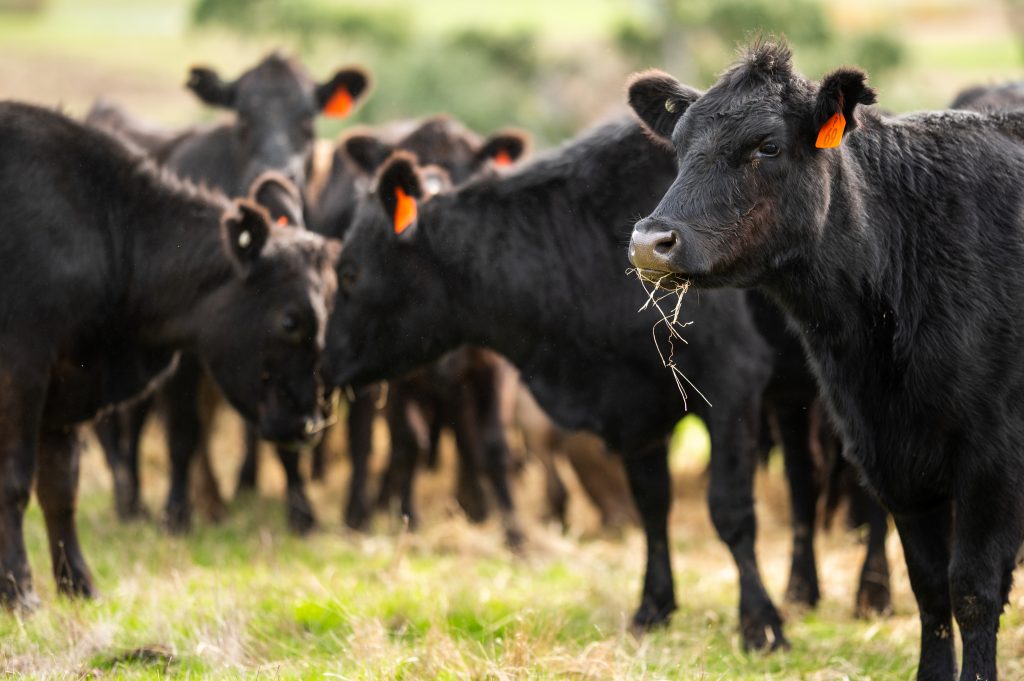
Senior Farm and Ranch Broadcaster, Ron Hays is featuring comments from Rabobank’s senior beef and cattle market research analyst, Lance Zimmerman of Rabobank, about building back the cowherd and market prices.
“We had record-high liquidation this past year,” Zimmerman said. “We have had an ample number of heifers get shipped off to feed yards instead of staying home at farms and ranches. As a result, we simply need to see the moisture trends turn their tide.”
With tight feed supplies and low pasture inventories, Zimmerman said, high cattle prices still are not enough to cover the feed bill.
“We need to see the calf market rebound and stay at elevated levels,” Zimmerman said. “We need to see moisture conditions not just come and replenish what we lost but have some staying power so that when we are looking across those prairies, they are healthy, green, and vibrant again. When we look at our hay stocks, we have an ample supply to get us through a winter and then a little margin on the sides.”
Reaching ideal pasture conditions will take a few years, Zimmerman said, and that needs to happen before the cow herd reaches peak performance levels.
Zimmerman recently wrote a research paper about rebuilding the cow herd, and what it will take. One of the most important factors, he said, is better calf prices.
“On the fed cattle side, we have recovered about 82 percent of that decline of price we went through, “Zimmerman said. “When you look at feeder cattle and calf prices, they have only recovered about 55 percent of that full decline. A lot of that is because of the feed bill.”
We are not just looking at high pasture costs and hay prices, Zimmerman said, but also incredibly high corn prices.
“In order to get that bump to calf prices, we need a good pass-through mechanism,” Zimmerman said. “We need feed prices to come down so feed yards can bid more aggressively for those calves.”
Even if demand holds steady, Zimmerman said the declining supply environment will mean that beef prices will go up, so the consumer must be willing to adjust to those prices.
“There are some headwinds we have to work through there,” Zimmerman said. “Inflationary pressures, chipping away at income, just a lot of expenses getting passed onto consumers in an environment where we have very ample pork and poultry supplies.”
As far as knowing what consumers will be willing to pay as beef prices fluctuate, Zimmerman said time will tell.
“Just like going through the pandemic, I don’t think we know yet,” Zimmerman said. “The good news is retail beef prices are down from their all-time highs.”
Retail prices are around $7.15/lb. now, Zimmerman said, and could go up higher.
“In an environment where, may we decline beef demand ever so slightly, because of some of these pressures we talked about, but still maintain the long-term uptrend, it would suggest we need retail prices around $8.50 or even nine dollars a pound,” Zimmerman said. “That is where it needs to be. Now we have got to ask ourselves, will the consumer pay that.”















